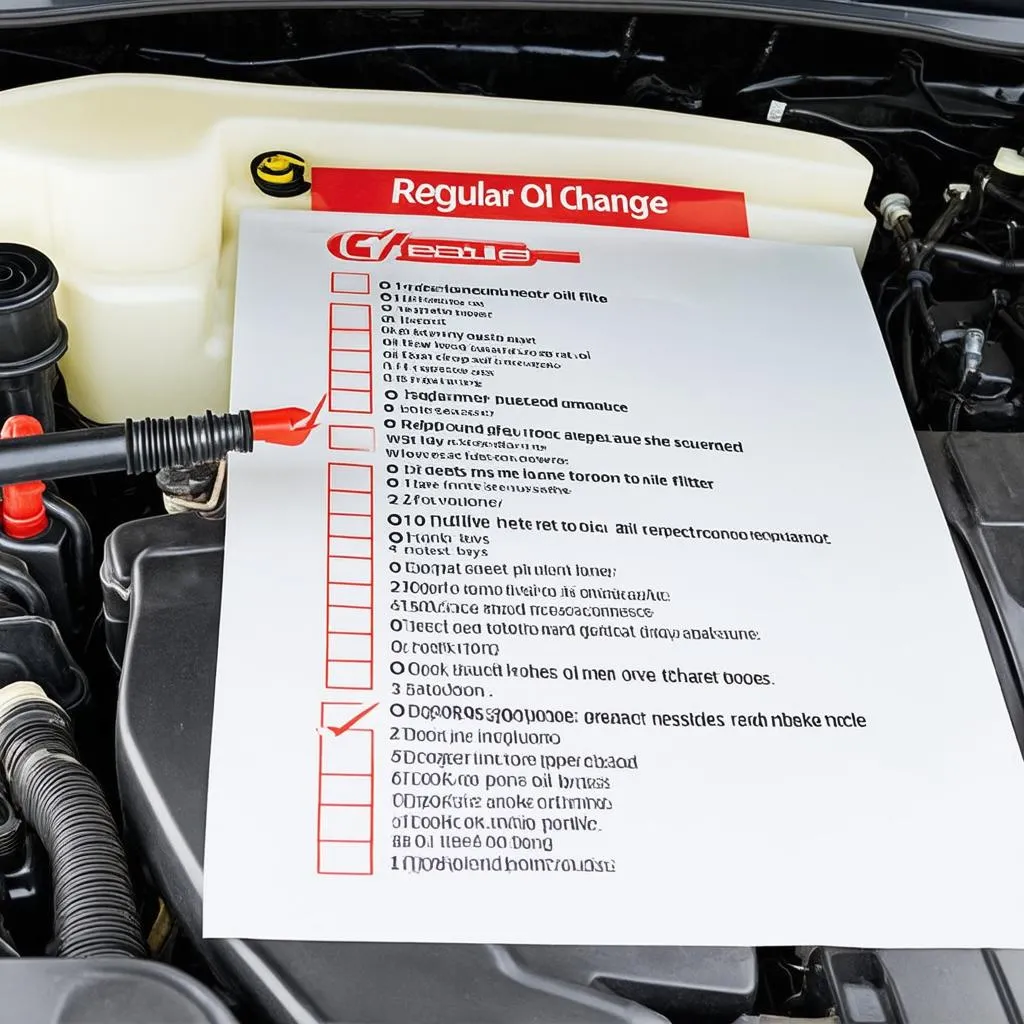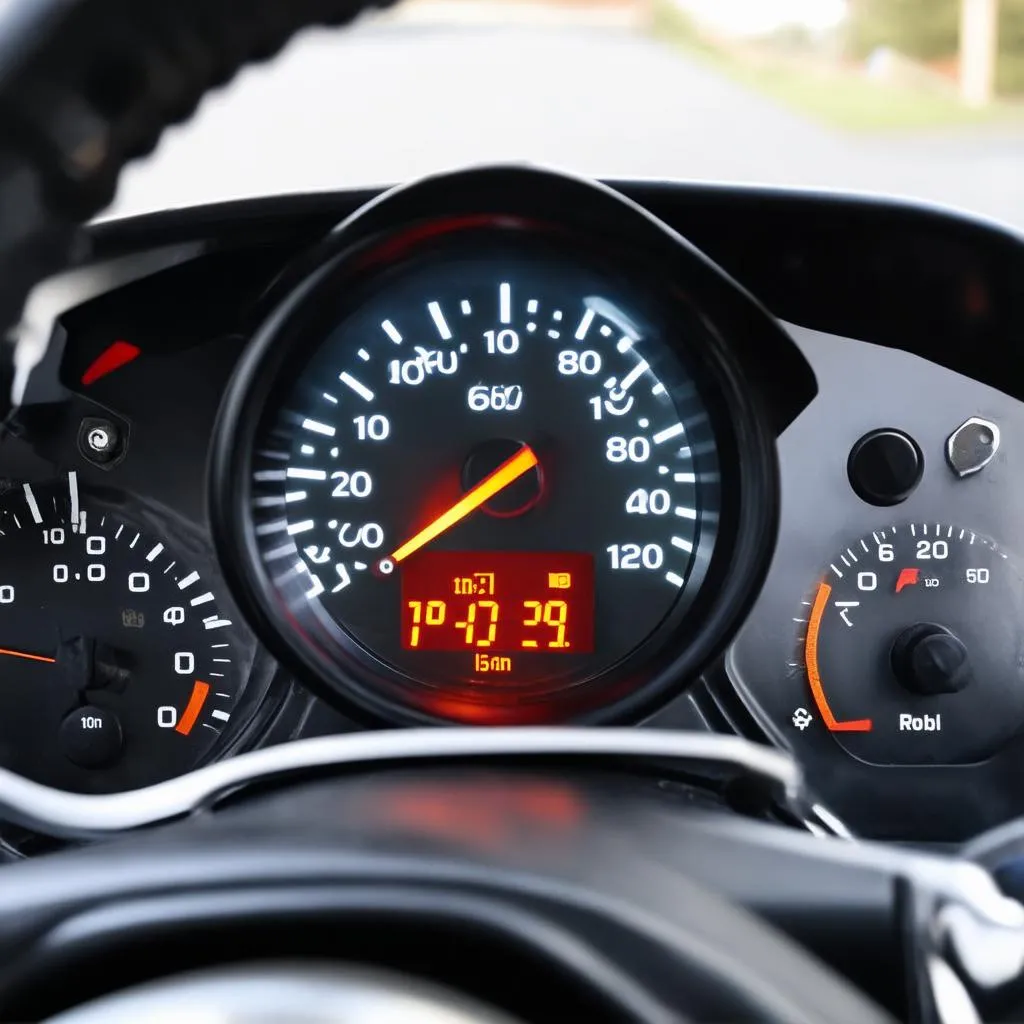Oil Quality VCDS: Everything You Need to Know
Have you ever wondered how your car’s oil quality is checked, or what the VCDS scanner can tell you about it? It’s a question many car owners have, especially those with European vehicles. Today, we’ll delve into the world of oil quality checks using VCDS, explore its importance, and answer some common questions you might have.
The Importance of Oil Quality and VCDS
Oil plays a crucial role in the smooth functioning of your engine. It lubricates moving parts, reduces friction, cools the engine, and cleans away debris. Over time, oil degrades, losing its effectiveness and leading to wear and tear on your engine. This is where VCDS comes in.
VCDS, or the Volkswagen Diagnostic System, is a powerful diagnostic tool that allows you to access and interpret data from your car’s control units. It can read and clear fault codes, monitor real-time sensor data, and even perform basic coding and adjustments.
What Can VCDS Tell You About Oil Quality?
While VCDS doesn’t directly measure oil quality, it can provide valuable insights by reading data from various sensors. Here are some key areas VCDS can help you understand:
Oil Life Remaining
Some newer European cars come equipped with an oil life monitoring system. VCDS can read this information and tell you how much oil life remains before a recommended oil change.
Oil Temperature
VCDS can display the current oil temperature, which is crucial for understanding engine health. High oil temperatures can indicate issues with the cooling system, while low temperatures can signify a problem with oil flow or viscosity.
Oil Pressure
VCDS can also display oil pressure readings, which provide insights into the effectiveness of the oil pump. Low oil pressure can signal a problem with the pump itself, worn engine bearings, or a blocked oil filter.
Engine RPM and Load
VCDS can monitor engine RPM and load, which are crucial factors influencing oil quality and engine wear. These readings can help you understand how your driving habits affect oil degradation.
Understanding Oil Quality Through VCDS
Now, let’s understand how to interpret VCDS readings to gauge oil quality:
Analyzing Oil Life Remaining
If your oil life monitor indicates low oil life remaining, it’s a clear indication that an oil change is needed. This doesn’t necessarily mean the oil is bad, but it has reached its optimal performance limit.
Understanding Oil Temperature Readings
High oil temperatures can be a warning sign of a potential problem. It’s important to investigate the cause, which could be a faulty thermostat, a clogged radiator, or a failing water pump. On the other hand, consistently low oil temperatures could indicate a clogged oil filter or a faulty oil pump.
Interpreting Oil Pressure Data
Low oil pressure is a critical concern. It can damage engine components quickly, potentially leading to costly repairs. It’s crucial to address the issue promptly.
Common Questions About Oil Quality and VCDS
Q: Can VCDS tell me if my oil is dirty?
A: While VCDS can’t directly analyze the condition of your oil, it can provide indirect insights through sensor readings. However, it’s recommended to visually inspect your oil dipstick to assess its cleanliness.
Q: Can VCDS tell me what type of oil I need?
A: VCDS can’t determine the specific oil type you need. Check your owner’s manual or consult a qualified mechanic for the appropriate oil specifications.
Q: Can VCDS reset my oil life monitor?
A: Yes, VCDS can reset your oil life monitor. However, it’s essential to only reset it after performing an oil change using the recommended oil type and specifications.
Q: Is VCDS a reliable tool for oil quality assessment?
A: VCDS can be a valuable tool for understanding oil quality indirectly. However, it’s not a substitute for professional oil analysis or visual inspection of your oil.
Conclusion
VCDS can provide valuable insights into oil quality and engine health, but it’s important to understand its limitations. Always refer to your owner’s manual for specific oil change recommendations and consult a qualified mechanic for any concerns about oil quality or engine performance.
We encourage you to explore our website for more in-depth articles about VCDS and other diagnostic tools. Don’t hesitate to reach out to our team of experts if you need assistance with any diagnostics or repairs.
 VCDS Diagnostic Tool
VCDS Diagnostic Tool
 Oil Change Checklist
Oil Change Checklist
 Engine Oil Temperature
Engine Oil Temperature
Need help with VCDS or any other diagnostics tool? Contact our team of automotive experts at +84767531508 for 24/7 assistance.
